- Write by:
-
Tuesday, June 1, 2021 - 19:34:26
-
393 Visit
-
Print

Mining News Pro - The Saskatchewan Research Council, Suncor Energy and the Northern Alberta Institute of Technology are working on a $2.29-million project aimed at developing a technology to provide near real-time measurements of the active clay content in oil sands and mine tailings.
Once completed, the made-in-Canada technology is expected to help mining operators reduce tailings deposit footprints and minimize land disturbance, resulting in a faster path to reclamation, and a smaller overall footprint of mining.
Present in varying quantities within mineral deposits, clay and clay minerals are particles with a plate-like structure less than two microns in size. Despite how tiny these particles are, they can represent a significant challenge when it comes to tailings management because some types of clay, such as bentonite, swell up so much that it is very difficult to remove water from them in dewatering processes.
In ponds containing oilsands, copper, potash or diamond tailings, heavier elements settle quickly to the bottom and fine particles and clays remain suspended. Since clay absorbs so much water, the liquid remains trapped in the tailings and this makes consolidation and subsequent reclamation very challenging.
However, the real-time measurements of clay concentrations proposed by the researchers working in Saskatchewan and Alberta promise to help in limiting the use of treatment solutions based on strong chemicals that modify clay properties to accelerate dewatering and consolidation.
Called a “clay analyzer,” the system is based on the methylene blue index method that allows for in-field clay measurement, as the dye can help determine key properties such as particle size, mineral type, surface area, cation exchange capacity, plasticity and flow behaviour.
“The clay analyzer will assist in near real-time measurements of clay concentrations, which will allow the companies to develop strategies for effective process control and tailings management options that can reduce the use of chemicals, resulting in savings on operations costs and reducing tailing deposit footprints,” the scientists said in a media statement.
Short Link:
https://www.miningnews.ir/En/News/614584
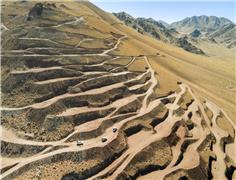
AbraSilver Resource said on Monday it has received investments from both Kinross Gold and Central Puerto, Argentina’s ...
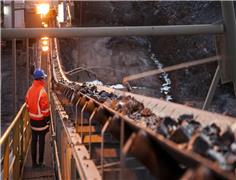
Copper traded near $10,000 a ton, hitting a new two-year high on its way, as investors continue to pile in on a bet that ...

A Russian arbitration court ruled on Monday that four units of Swiss commodities trader Glencore will pay more than 11.4 ...
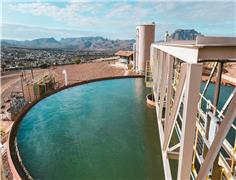
A Native American group has asked all members of a US appeals court on Monday to overturn an earlier ruling that granted ...
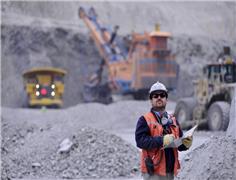
Codelco is exploring more partnerships with the private sector as Chile’s state copper behemoth looks to recover from a ...
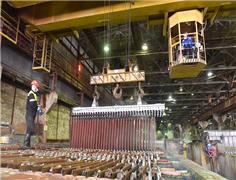
The London Metal Exchange (LME) on Saturday banned from its system Russian metal produced on or after April 13 to comply ...
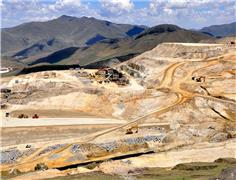
Peru’s Las Bambas copper mine, owned by China’s MMG, is facing renewed blockades of a key transport route after failed ...

Vitol Group confirmed that it’s starting to rebuild a trading book for metals after a long stint out of the market, with ...

Chinese investors are snapping up stocks tied to high-flying metals from copper to gold, aiding an onshore market facing ...
No comments have been posted yet ...